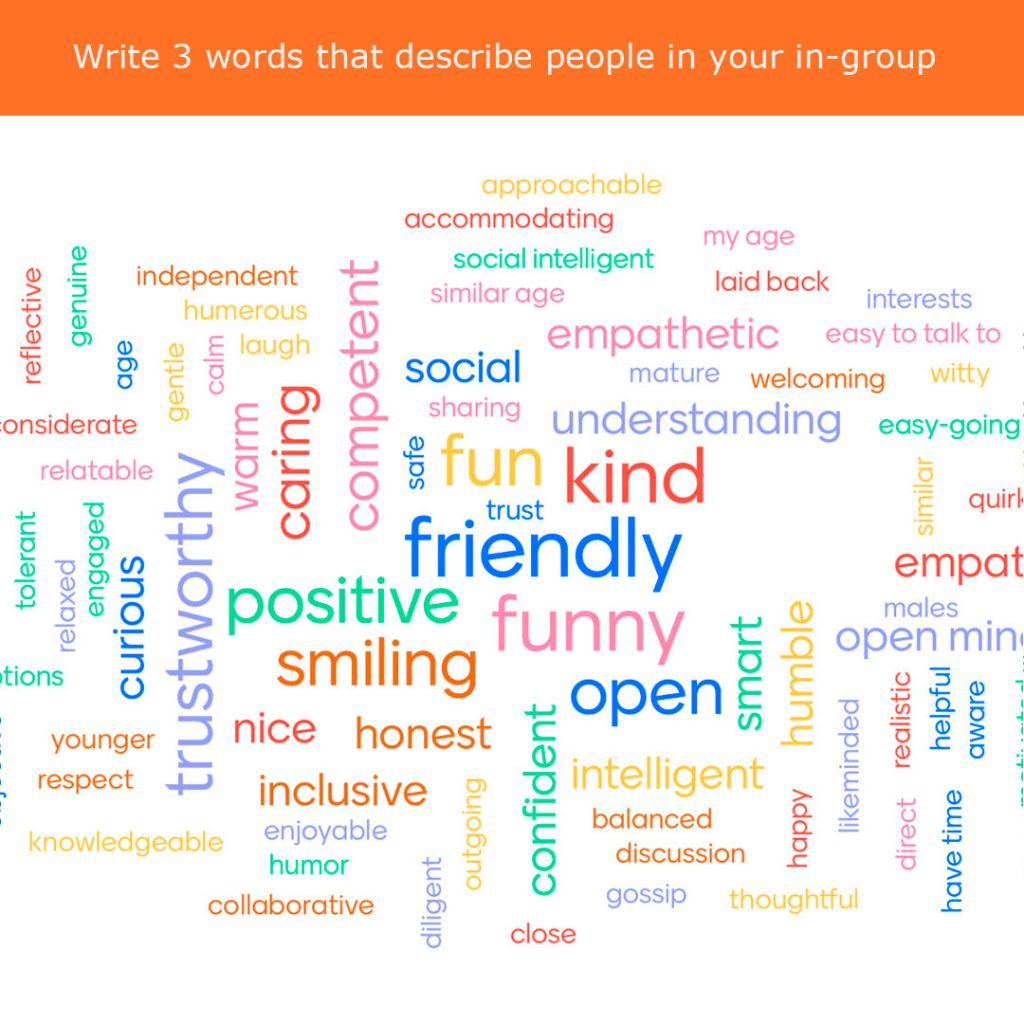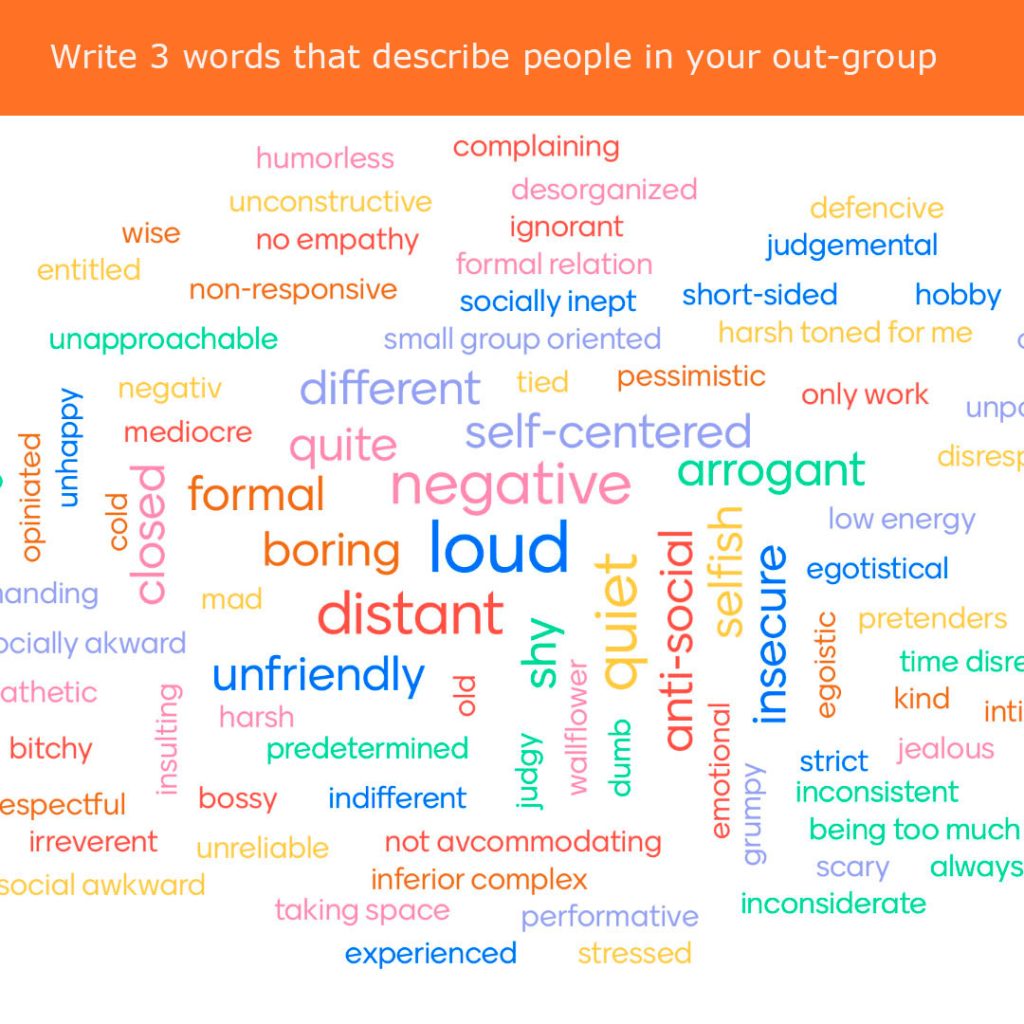Inclusive Leadership: Bridging the Gap Between In-Groups and Out-Groups
Did you know that we all have in-groups and out-groups at work? Did you know that closing your eyes as a leader to this fact is hurting both your team and your likelihood to reach your goals? To practice inclusive leadership as a manager here is something important you need to be aware of.
In-groups and out-groups hurt inclusive leadership
✅ In-groups consist of those employees you perceive as high performers or top talents
❌ Out-groups are comprised of employees you likely see as average or less skilled leading to decreased psychological safety
✅ In-groups receive more recognition and opportunities, leading to increased psychological safety
❌ Out-group members are three times less engaged than in-group members and tend to hold back innovative and creative ideas
Out-groups are three times more inclined to quit their job
✅ In-groups tend to reflect you as a leader in terms of gender, race, or background, by predominantly comprising certain demographics
❌ Out-groups often consist of employees from diverse backgrounds, inadvertently perpetuating exclusion
And worst of all: The members of both groups are frightfully aware of exactly who belongs where…
Working with management groups on Diversity Intelligence, we ask the leaders to note down the adjectives they associate with their in-groups and out-groups respectively. And the result is eye-opening, to say the least.
Putting the challenges into words
Here are some of the words the leaders place on their in-group:
Friendly, funny, positive, open, smart, trustworthy, kind, competent, honest, intelligent
And in comparison, the words they associate with their out-group:
Negative, boring, loud, unfriendly, self-centered, different, distant, anti-social, quiet, arrogant.
It is a necessary realization that the people in your out-group were hired because they have the necessary skills needed for their roles. But if you inadvertently exclude these persons, you are not only hurting the likelihood of succeeding – you are also making your out-group 3 times less engaged in meeting your common goals.
It is literally spiraling toward disaster
What to do with biases
You might not have chemistry with your out-group, but diversity intelligence means the ability to create amazing results with coworkers who are different from yourself. And trust us. That is a superpower you really want to have!
Here is how you can work to deal with your out-group biases
1. Know who’s on your out-group
2. Think about each out-group member. Why were they hired, and how they can contribute
3. Have coffee or lunch with your out-group
>> Want to know more? Let us tell you how to get rid of the biases to create an inclusive team.


